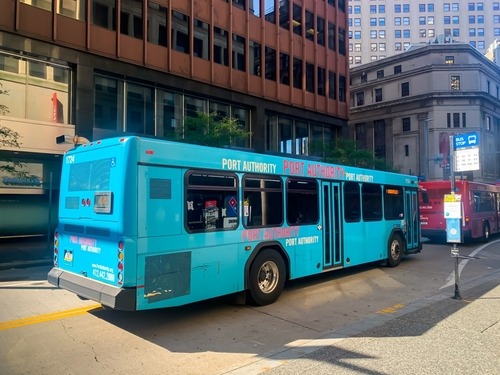
The Port Authority of Allegheny County’s Board adopted the agency’s first 25-year long-range transportation plan Friday.
The plan, which will help inform, guide and prioritize the agency’s operational and capital project, police and programs through 2045, builds upon the current goals. Launched in June 2020, NEXTransit was developed through more than 40 public meetings, and 20,000 touchpoints over 15 months.
“NEXTransit details how Port Authority will strive for a more connected transit system that increases the quality of our services and the reach of our network by strategically investing in new infrastructure … The benefits of improved transit and mobility are clear. When more of our region’s people can access jobs, education, housing, and health care, and recreation, we all benefit,” Katharine Kelleman, CEO of the Port Authority wrote.
The 78-page document outlines 18 new projects totaling more than $3.7 billion, that will require an expenditure of $100 million a year in new operating costs. The projects range from a new bus depot to busway and light rail extensions.
“Port Authority developed NEXTransit by incorporating the great work being done by our partners at all levels of government, from local to regional. No plan is created in isolation, and NEXTransit in particular was very focused on transparency and inclusiveness. We heard from a broad cross-section of county residents and stakeholders about the need to improve the quality of our existing services and to grow our system for more reliable, convenient, and safe travel,” she said in comments included in the long-range plan.
NEXTransit’s goal is to build upon and improve the Port Authority’s current transportation network in an effort to attract more riders, enhance mobility, and support community development while promoting regional equity, sustainability and accessibility.
The Port Authority and its consultants worked with the public to identify what barriers to public transit in southwestern Pennsylvania exist, and the worked together to come up with creative and effective solutions to overcome those barriers.